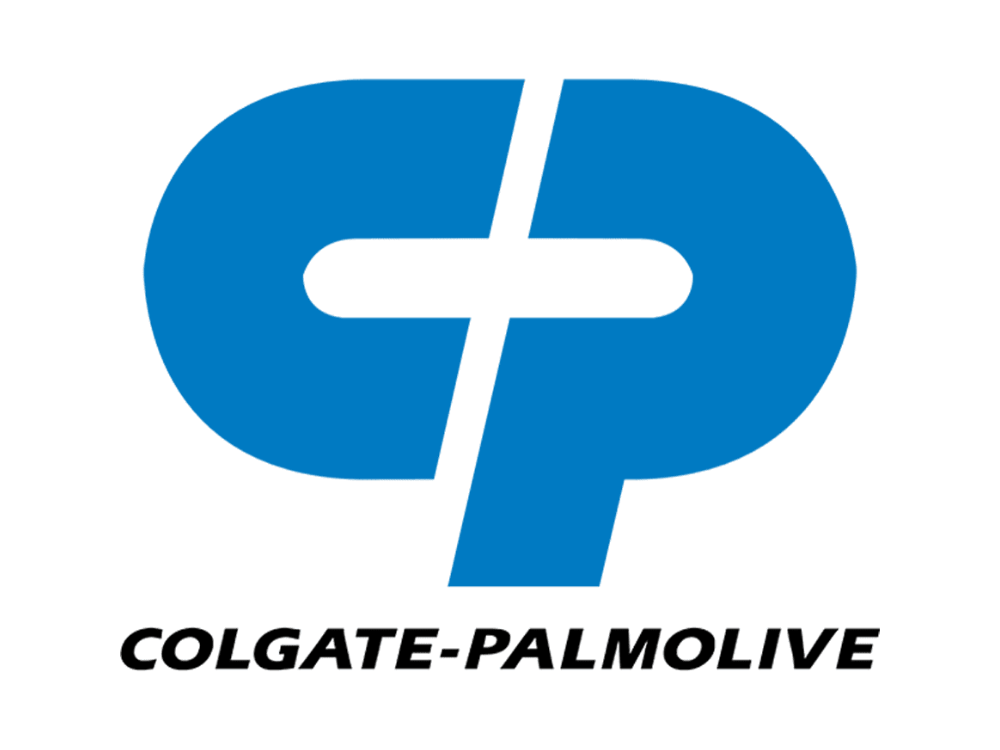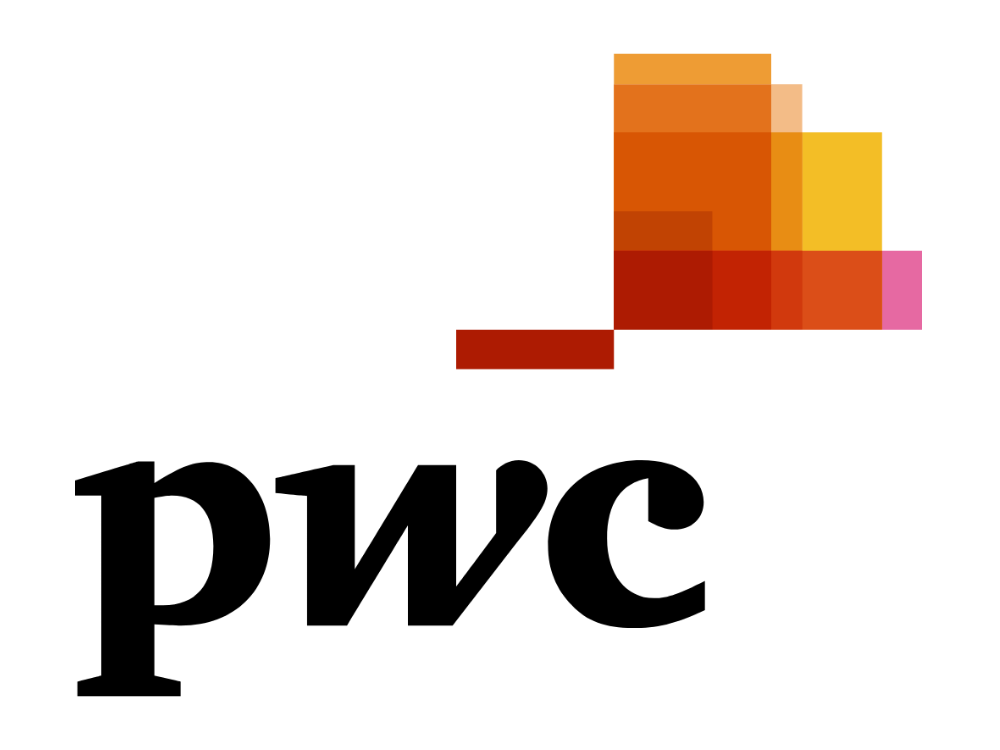Engage your students in immersive, real-world problem-solving and innovation, enabling them to analyse and evaluate core module topics collaboratively and creatively.
Students participate in game-based, AI-integrated healthcare challenges, inspired by design thinking, that together we custom design for any given module or topic.
Healthcare Challenges
custom-designed for your specific module content
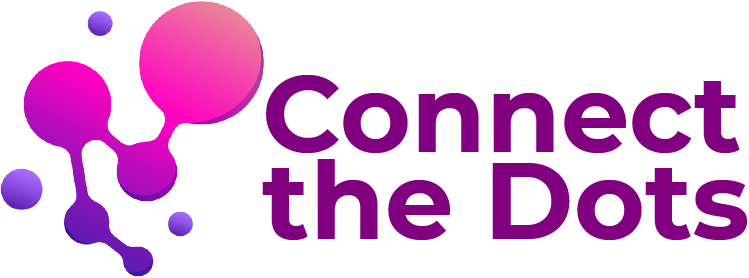
Together we create a compelling real-world challenge around a core module topic of your choice.
Students then use drag & drop functionality to connect a problem domain with a solution enabler to create an idea. They prototype & test the idea using our integrated ChatGPT interface.
See example →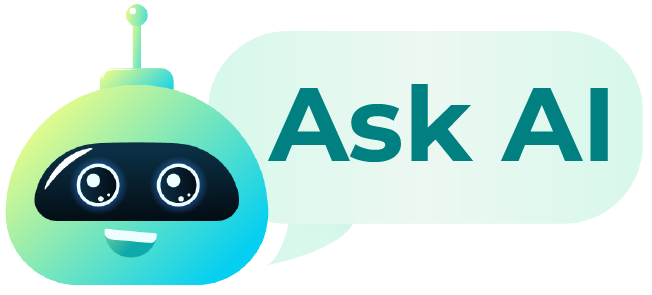
We help you to frame a real-world challenge around a core module topic on your healthcare-related module.
Teams then use our modified ChatGPT interface to gather insights and create an innovation. Students then build on the ideas of others and vote for the best idea from across their class.

Teams choose one core module topic from a menu of syllabus topics that you have identified.
The teams use Spin to Reveal tech to decide which single solutions enabler to apply to their problem. Ultimately they test their idea using our modified ChatGPT interface.
See example →
Together we choose core syllabus topics where students can practice real-world problem-solving and creativity.
Teams use playful online spinner wheels to decide which single problem domain their team focus on. They then create, prototype & test their ideas using our ChatGPT integration.
See example →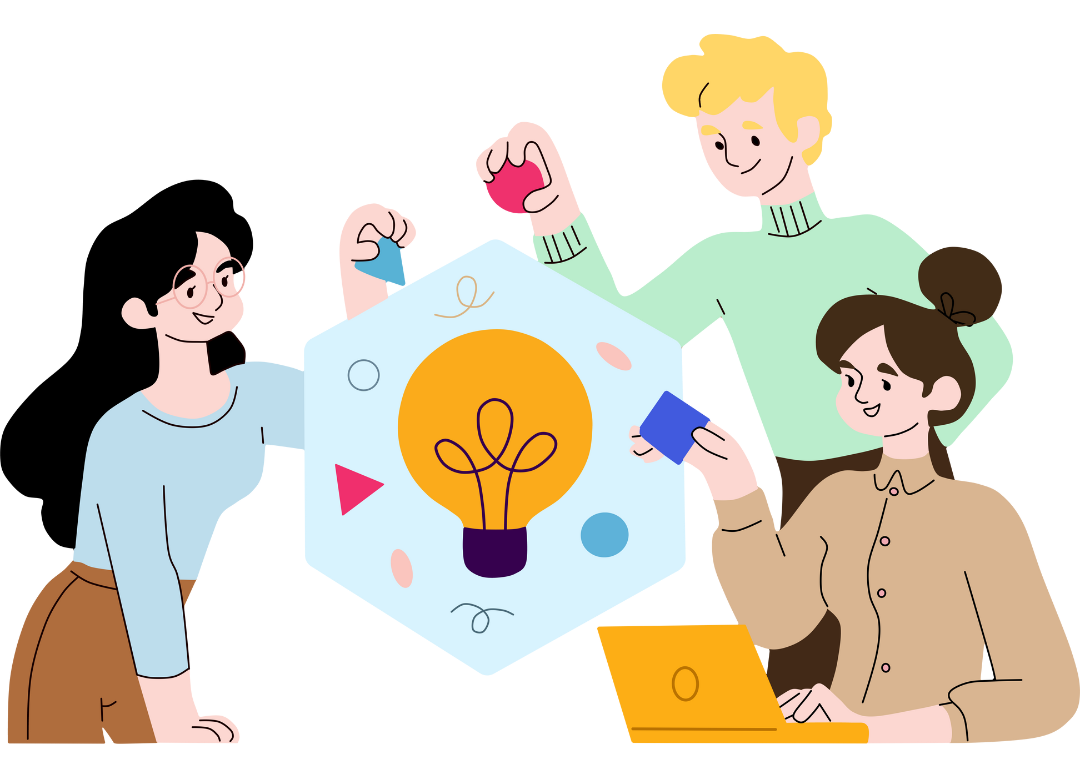
"Targeted education is necessary to equip future generations of medical professionals with the ability to innovate efficiently and effectively.....The skill set to use innovation tools effectively will serve as the lifelong foundation for innovation."
Why These Challenges Work

Teams are guided through a full cycle of real-world problem-solving
Our platform supports teams on a journey from insight gathering & problem identification to ideation, prototyping & testing solutions.
We consciously impose creative constraints on our challenges. This facilitates teams to quickly identify a narrowly-defined problem & generate solutions that address it. They test their idea using our integrated ChatGBT interface and receive suggested improvements from classmates. They adapt their idea before using an AI image generator or poster to make a basic prototype.
Students immerse themselves in proven creativity techniques
Students employ both creative and critical thinking (the Big 2 Future Skills*) and adopt a problem solvers mindset - questioning, observing, empathising, combining, associating, repurposing, testing, iterating, networking.
Learners also practice with problem-solving tools that support lifelong learning including crafting a problem or point of view (POV) statement), divergent & convergent ideation, building on the ideas of others as well as prototyping and testing ideas.
* Source: World Economic Forum, The Jobs of the Future Report 2023
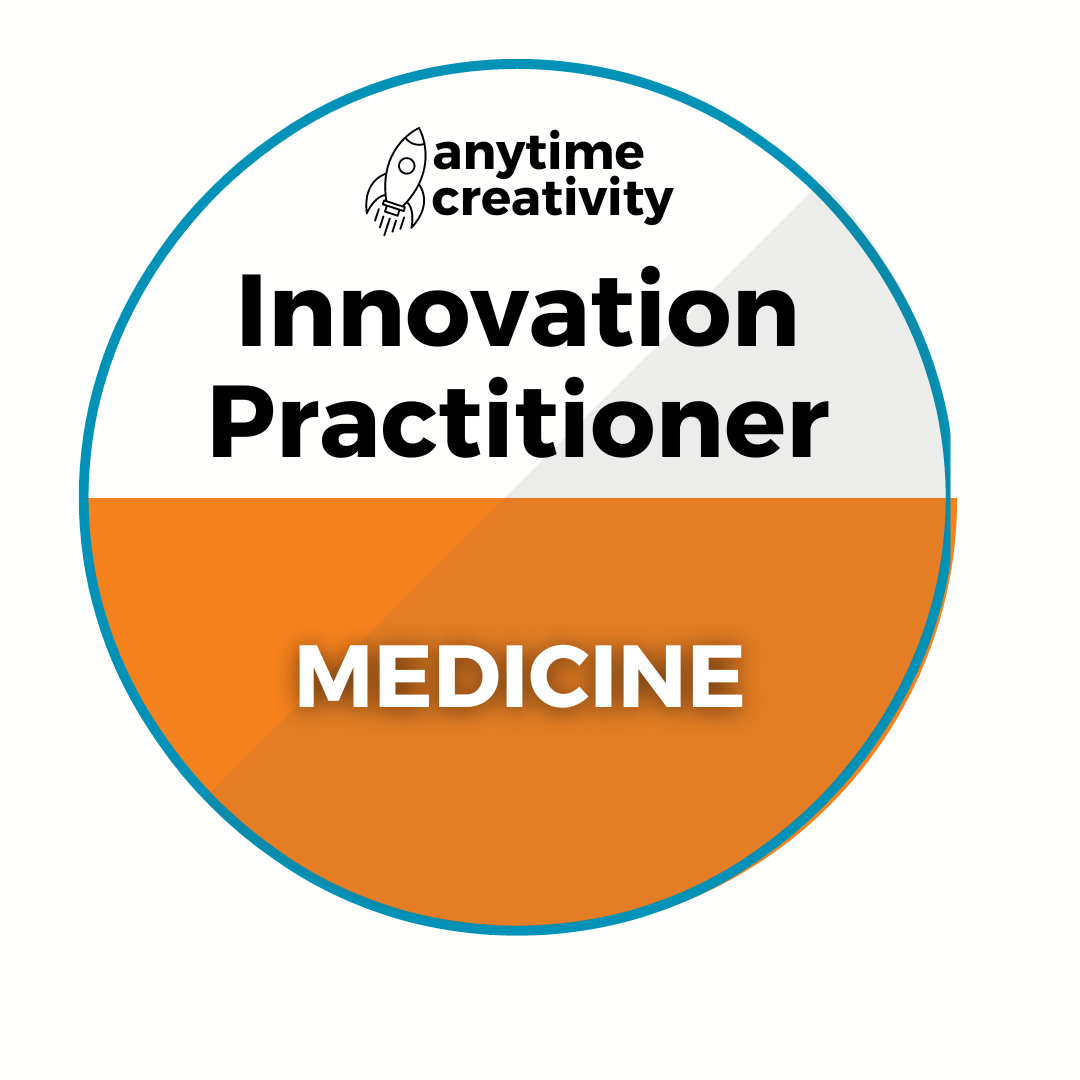
Maximum Impact for Students, Seamless Experience for Lecturers
Our platform combines learning science, UX design and design thinking to create a student experience that is simply unforgettable. How-to screencasts, instructional emails and personalised post-challenge reports make it seamless. The test facilities (ChatGPT and Build) improve outcomes. And learners receive an 'Innovation Practitioner' digital badge on completion.
Lecturers have access to a dedicated account manager and a dashboard with participation and performance metrics. This data is easily uploaded to the University VLE, allowing faculty to easily track & record student progress and share with faculty peers and extern examiners.
How it Works
-
Week 0Week 1Week 2Week 3
-
Week 0
-
Step 1

Prepare
During a call with one of our innovation specialists we demo the challenge, consider how to best customise the challenge to suit your module content, discuss options for integrating into your module assessment or not and agree the communications strategy.
-
Week 1
-
Step 2

Ideate
Students receive a link to the challenge page, with an explainer video and guidance on how to play. The challenge is completed in small teams, with a suggested one-week window to collaborate and submit an idea. This part should take each student approx. 2-3 hours.
-
Week 2
-
Step 3

Vote
Following the deadline for submissions, students receive a new link to view all of their classmates ideas and then vote for their favourite one. This part should take approx. 30 minutes.
-
Step 4

Build
After voting, students pick one idea which they can build, combine and improve on with their own creative twist. They then submit their enhanced idea, with a suggested one week window for submissions. This part should take approx. 30 minutes for students.
-
Week 3
-
Step 5

Awards & Analytics
The winners (and honourable mentions) for the best original team idea and the best individual build idea are announced in class. Each student then receives a personalised innovation report & digital badge. The academic host receives an analytics report.
What UCD School of Biomolecular and Biomedical Science said..
FAQs
Alternatively a year head, module co-ordinator or lecturer could promote an Innovation Challenge as an engaging, immersive experience that will help students think about how they can, now or in the future, have a creative impact on the entire medical ecosystem.
- Idea Submission. 2-3 hours to understand the Innovation Challenge, land on a problem worth solving, brainstorm multiple solutions that address the problem, choose the best solution, submit it and test it.
- Vote. 30 minutes to think critically through the other submissions and vote for their favourite idea.
- Build. 30 minutes to select an idea to build on and create a twist that improves that idea.
- Personalised Innovation Report. 30 minutes to hours and hours depending on the students passion for creativity & innovation. The report that students receive includes links to all ideas submitted, voting results, builds as well as a range of innovation resources that will help accelerate creative mindsets and skills sets.
- Challenge customisation. You work with our team of innovation speacialists to create a challenge that fits your module and can deliver impactful outcomes
- Team formation. You might choose to do this manually in order to create diverse teams and get different students working collaboratively. Alternatively you might just select teams automatically using that function on your VLE.
- Class/Email Announcements. Ideally 3 announcements. The first to launch the Challenge, the second a week later to launch the Vote & Build part and then finally a week later again to announce the winners/honourable mentions and hand out the prizes. You might choose to issue emails using our templates or you can send us the class list and we will manage the communication. That's up to you.
Again, we fully are on-hand to advise on customisation.
